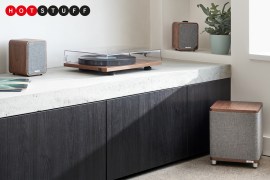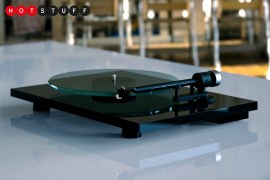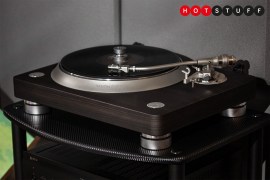Pro-Ject Automat A1 review: convenient brilliance
Is ‘automatic-ish’ a word? It is now!
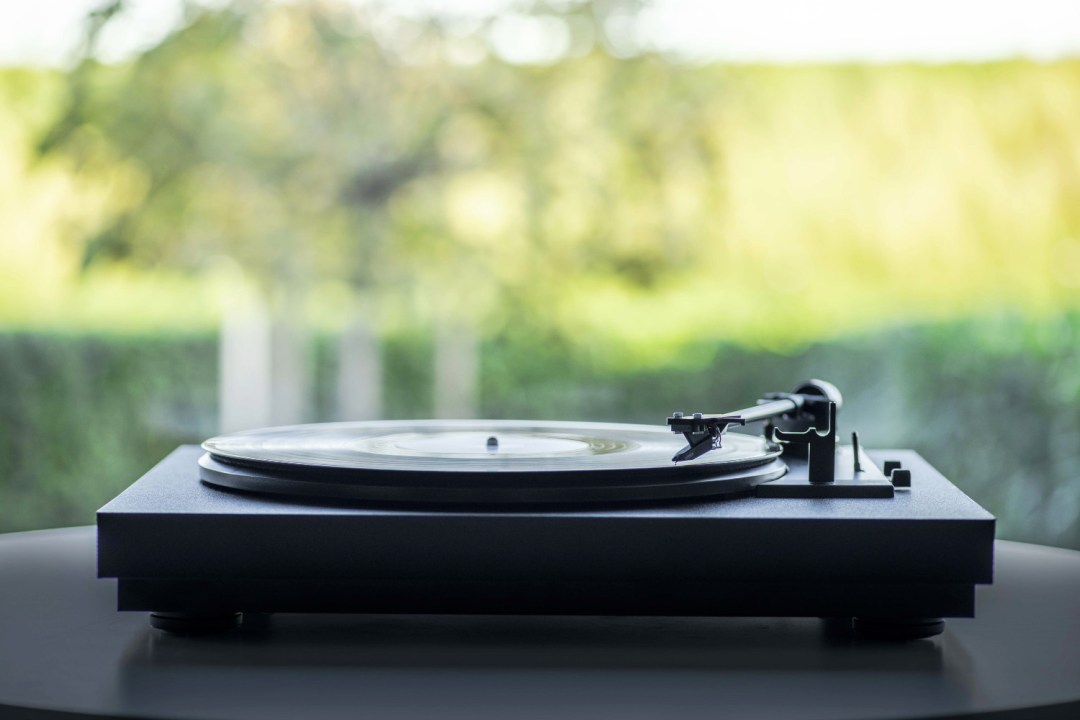
What do you think the word ‘automatic’ means? Yeah, I did too – but we’re wrong. After a quick three decades setting the pace in the world of mainstream record players, Pro-Ject has decided the time is right for a range of ‘automatic’ turntables. It’s called ‘Automat’, and this A1 is the first of the series.
But what, in this instance, does ‘automatic’ actually mean? And is the Pro-Ject any good at it?
Design and build
Spoiler alert: the Pro-Ject A1 looks like a record player. And let’s be honest, we’d all be a bit freaked out if it didn’t.
So yes, it’s a wooden, resonance-rejecting chassis with a dust cover on the top and some pliant, resonance-rejecting feet on the bottom. It’s a belt-drive arrangement that moves the platter, and there’s a very decent Ortofon cartridge attached to the tonearm and ready to go.
It’s only available in black, and in fairness, it’s not the most expensive-looking or -feeling turntable around – but then it’s far from the most expensive turntable around. And besides, you can rely on Pro-Ject to put everything together properly – the A1 is the first model out of the company’s new facility in Germany, but the standard of build and finish is the same as it ever was.
Features
The A1 is pretty much ready to go. As well as the OM10 cartridge (already aligned and pre-adjusted for tracking) fitted to the aluminium-and-carbon fibre tonearm, there’s an integrated switchable phono stage too. This means the Pro-Ject is able to amplify its own weakling signal to a point that any system at all will be able to deal with it. Of course, your system may already have a phono stage, in which you can decide which one you prefer.
There’s a pair of very decent analogue interconnects hard-wired into the rear panel, along with an earthing cable to prevent hum. So all you need to do is put your A1 somewhere level and sturdy, connect it to your system and to the mains, and you’re in business.
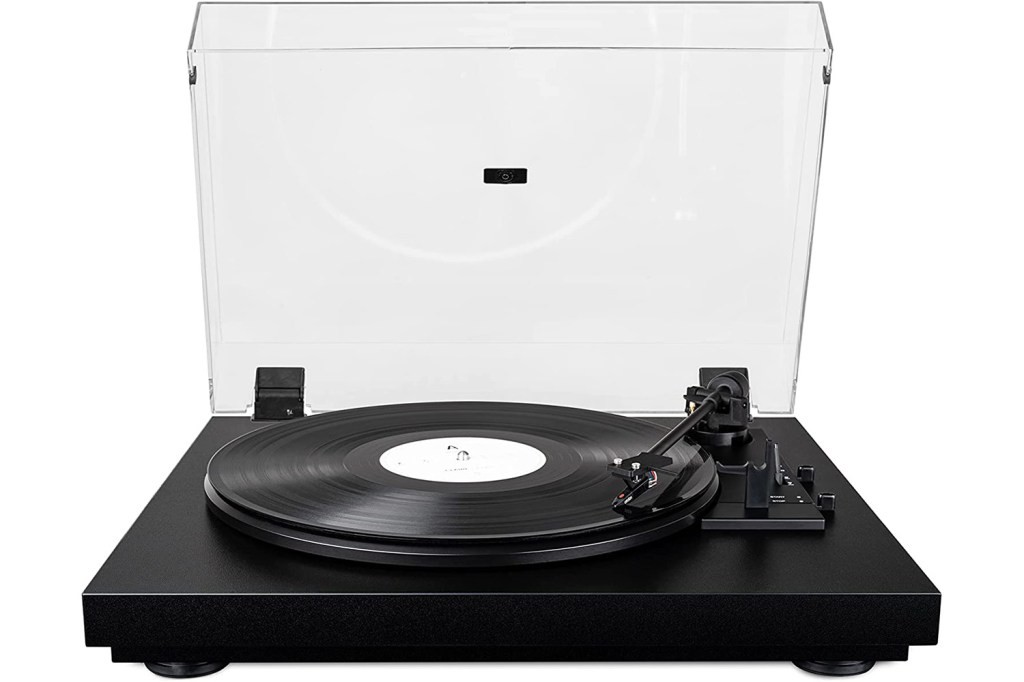
Interface
One of the reasons people love the vinyl format is its tactility – but then again, its extremely ‘hands on’ nature doesn’t always make for the most relaxing listening experience. So Pro-Ject has tried its best to bring a degree of automation to the process, with generally successful results.
There are three controls to the right of the tonearm. One is to switch between 33.3 and 45rpm, one is to lift or lower the tonearm, and one is labelled ’start’/‘stop’. The first two are self-explanatory, and the third one is what makes this an ‘automatic’ turntable.
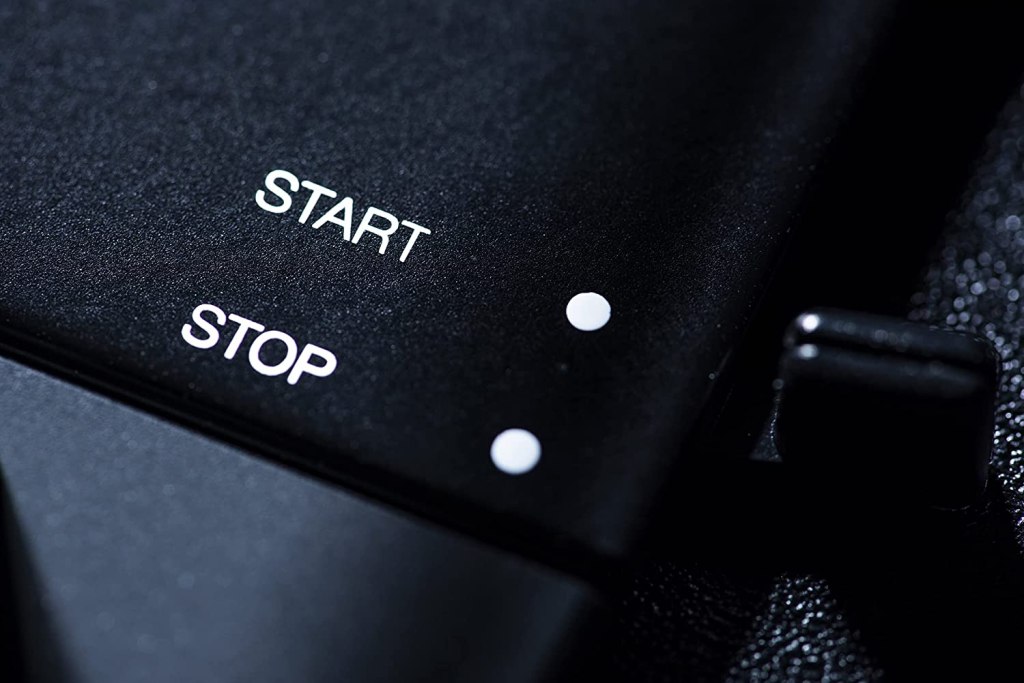
Put your vinyl on the platter, and press ‘start’. The platter starts to turn, the tonearm lifts itself into position above the start of the record and then lowers itself into the groove. Once the whole side of the record has played, the tonearm lifts itself back into its cradle and the platter stops spinning. Or you can push ‘stop’ at any point to make this happen.
The problem, such as it is, concerns 12in vinyl that turns at 45rpm. The Pro-Ject needs to be coaxed into dealing with these records, much more so than a fully manual turntable does.
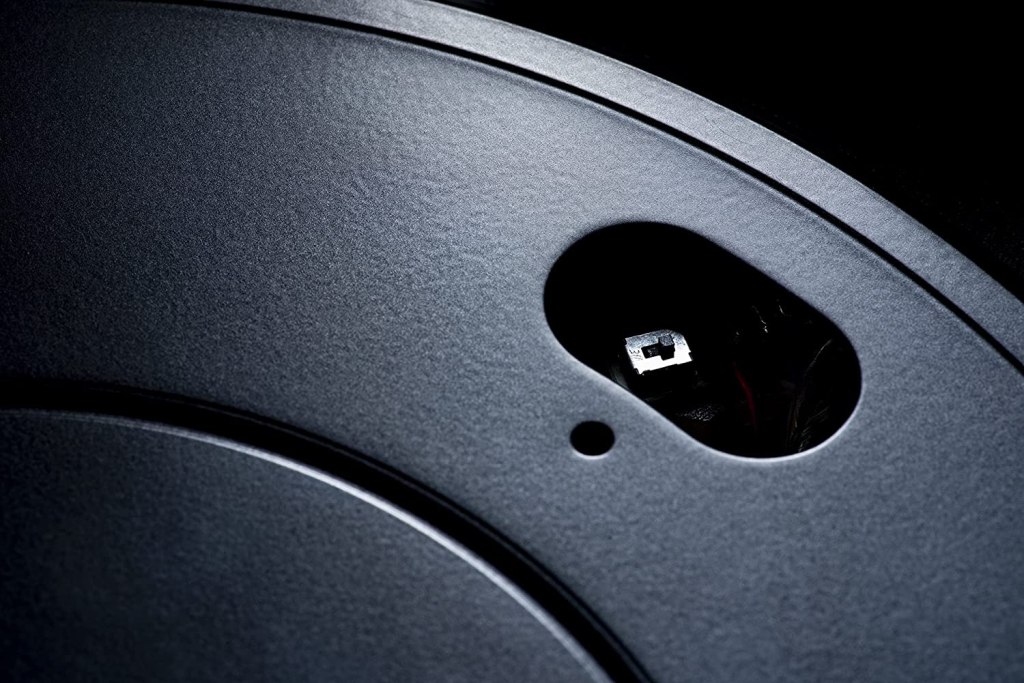
Switching the integrated phono stage on or off is a surprisingly agricultural experience, too. Not for Pro-Ject the simple ‘on/off’ switch on the rear panel that any number of similarly specified turntables have. No, instead you have to take the slipmat off the platter and search for a very tiny switch through one of the platter’s cutaways. You won’t mistake it, though – it’s next to some rather dangerous-looking exposed wiring. ‘Sophisticated’ is not the most appropriate word to describe it.
Performance
Second spoiler alert of the review: the Pro-Ject A1 does almost all the stuff that people who are interested in the vinyl format are partial to. And in some areas it does it really, really well.
Take timing and integration, for example. A reasonably busy recording like Lorde’s Green Light is delivered as a unified whole, with the sort of naturalistic expression of the rhythm track that is one of vinyl’s calling-cards. The low end is bold and punchy, but not overstated and certainly not permitted to hang around dragging at the tempo. The top end isn’t the most assertive, but there’s good substantial crispness to treble sounds even if they’re rolled off just a little at the highest level.

In between, though, is where the A1 really stakes its claim. It’s a detailed and communicative listen throughout but given a vocalist to work with, the Pro-Ject is particularly eloquent. All the character, all the immediacy, all of the emotional intention a singer creates, is handed over in full.
It’s very decent where rhythmic expression is concerned, too, and it establishes a fairly big and simple to understand soundstage. There’s a smoothness to the overall presentation – and that’s meant in an entirely positive manner. ‘Smooth’ is not always the same as ‘bland’, after all.
Really, it’s only where dynamic headroom is concerned that the Pro-Ject is in any way exposed. It just doesn’t breathe deeply enough to put the required distance between the low-key intro (and outro) to Arctic Monkeys’ When the Sun Goes Down and the garage-punk angst assault of the stuff in between. And it’s not the most adept with the more subtle, but equally important, harmonic dynamics of the strummed guitar, either.
In the face of everything the Pro-Ject gets so right, though, these shortcomings can be considered minor. So as long as you don’t think an ‘automatic’ record player will put your vinyl back in its sleeve or anything, there’s no reason not to have a long, hard think about the A1.
Verdict
First and foremost, this is the latest in a very long line of extremely good-value Pro-Ject turntables. The addition of a phono stage (even if it seems to have been chucked in at the last minute) and a degree of automation only sweetens the deal.
Stuff Says…
Plug-and-play convenience, great specification and entertaining, expressive sound. And even a bit of automatic functionality, too (although only a bit). Pro-Ject, we never doubted you.
Good Stuff
Positive, revealing sound
Handy specification
Ready to go straight from the box
Bad Stuff
Struggles to express dynamic variations
Phono stage is integrated strangely
Nothing special about the way it looks or feels
Tech specs
| Speed | 33, 45 (electronic speed change) |
| Signal to noise | 65dB |
| Effective arm length | 211mm |
| Overhang | 19.5mm |
| Dimensions | 430 x 130 x 365 mm |
| Weight | 5.6kg |

